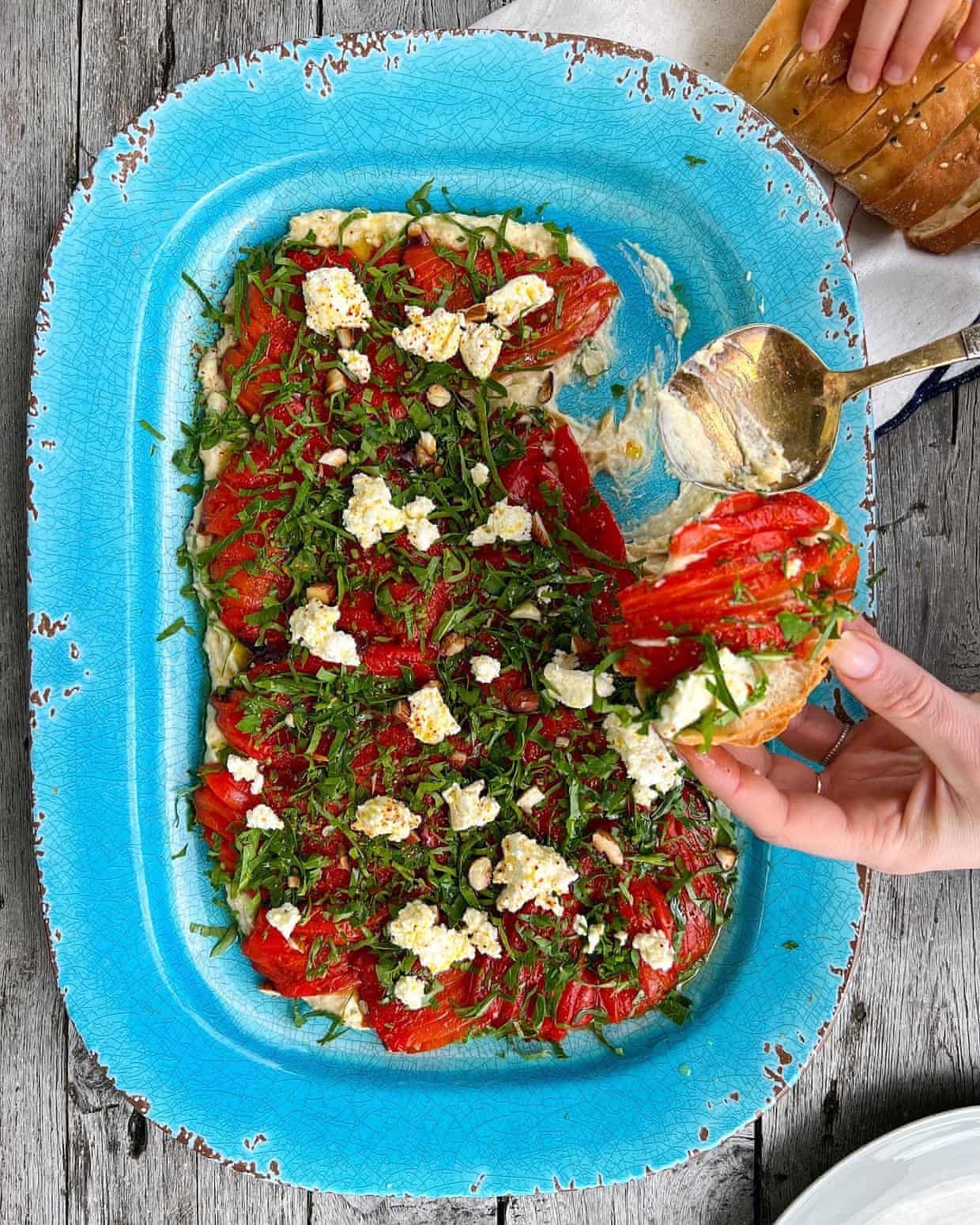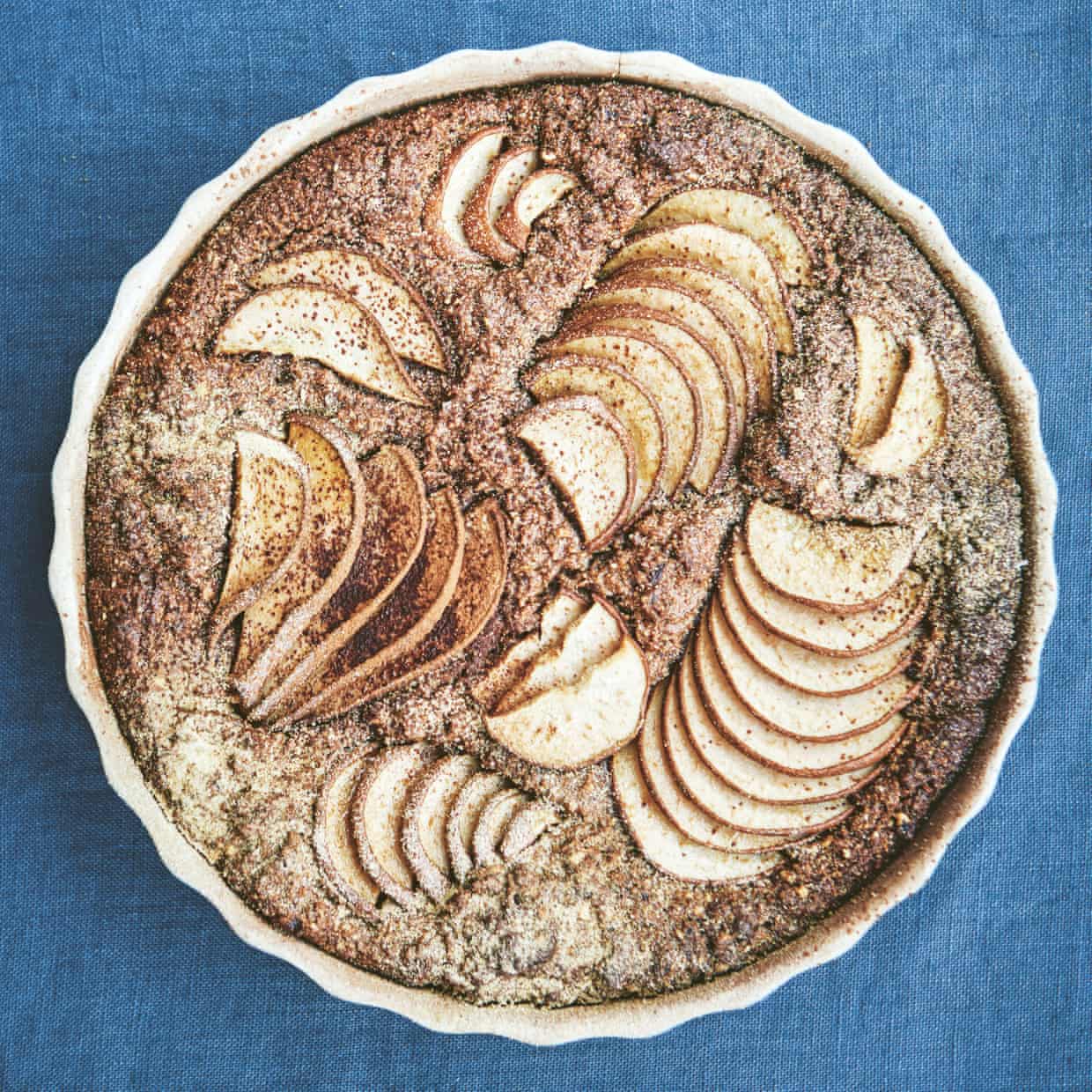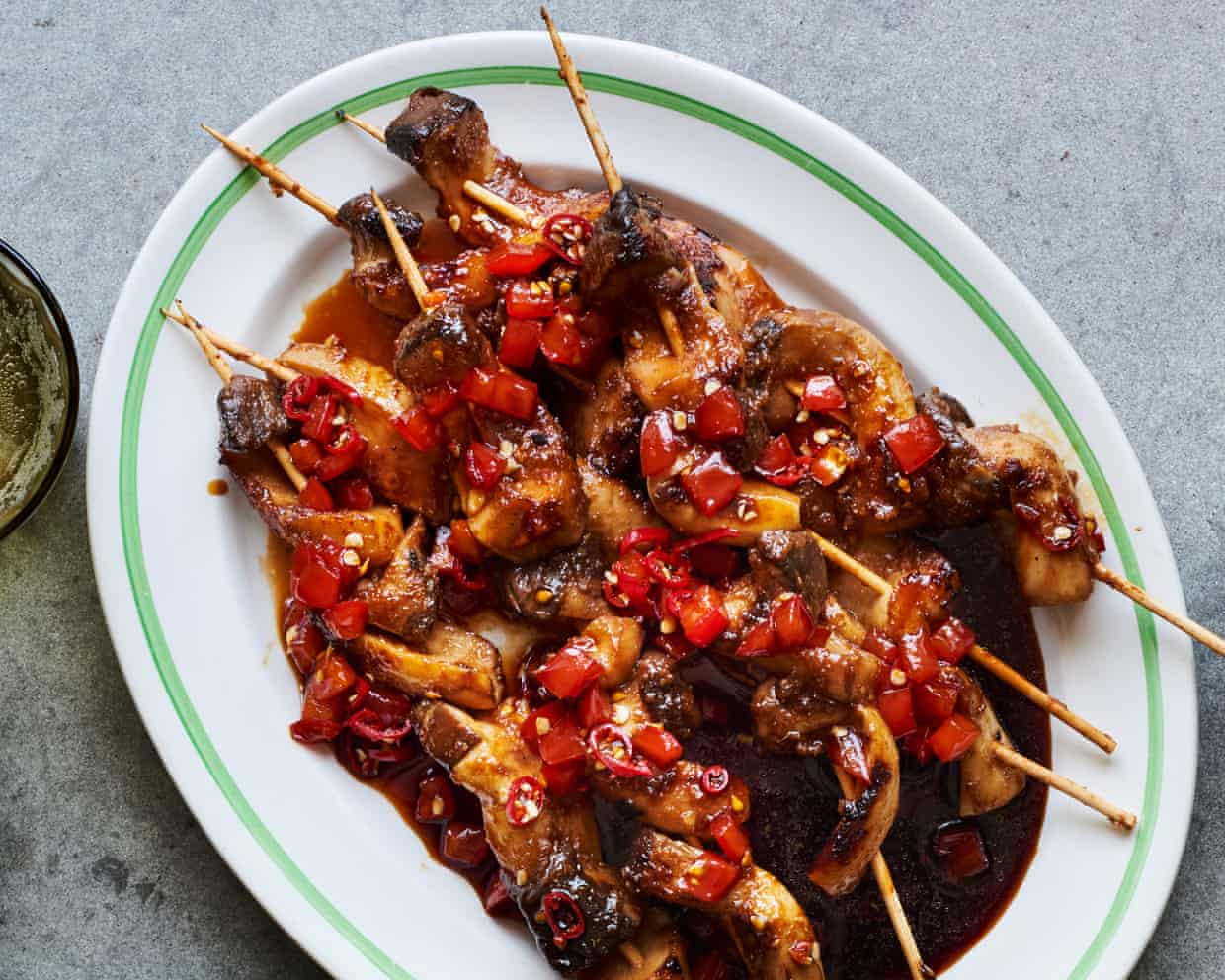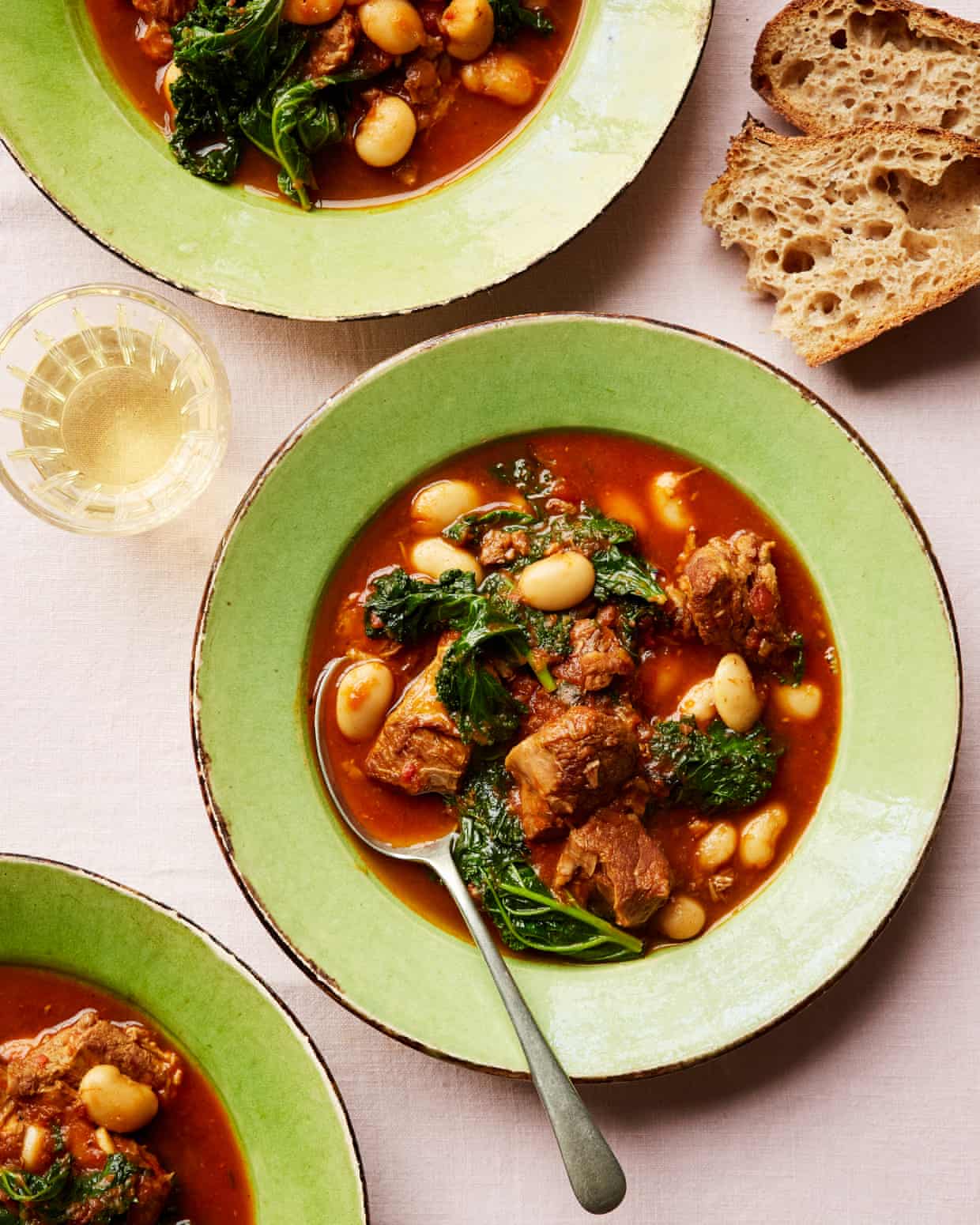The Guide #218: For gen Zers like me, YouTube isn’t an app or a website – it’s the backdrop to our waking lives

Barely a month goes by without more news of streaming sites overtaking traditional, terrestrial TV.Predominant among those sits YouTube, with more than 2.5 billion monthly viewers.For people my age – a sprightly 28 – and younger, YouTube is less of an app or website than our answer to radio: the ever-present background hum of modern life.While my mum might leave Radio 4 wittering or BBC News flickering in the corner as she potters about the house, I’ve got a video essay about Japan’s unique approach to urban planning playing on my phone.
That’s not to say I never watch more traditional TV (although 99% of the time I’m accessing it through some other kind of subscription streaming app), but when I get home after a long day and the thought of ploughing through another hour of grim prestige fare feels too demanding, I’m probably watching YouTube,Which means it’s very unlikely that I’m watching the same thing as you,When Google paid $1,65bn for the platform in 2006, (just 18 months after it launched) the price seemed astronomical,Critics questioned whether that valuation could be justified for any video platform.
The logic was simple – unless YouTube could replace television, it would never be worth it,Nearly two decades on, that framing undersells what actually happened,YouTube didn’t just replace television – it invented entirely new forms of content: vodcasts, vlogs, video essays, reaction videos, ASMR and its heinous cousin mukbang,The platform absorbed new trends and formats at lightning speed, building what became an alternative “online mainstream”,Before podcasters, TikTokers, Substackers and even influencers, there were YouTubers.
I started paying for YouTube Premium during Covid, when I had an abundance of time, and spare cash without the need to commute or the potential of buying pints.Now, it’s the only subscription that I don’t worry about the value of, but rather wonder if I use it so much that it’s changed me as a person.Alas, my gym membership does not fall into this category.The obvious advantage to the premium subscription is never seeing ads, and the smart downloads that automatically queue up episodes based on your habits have been a blessing on many a long tube journey.I’m very rarely bored these days; on my commute now, instead of staring out the window and letting my mind wander, I’m either watching sports highlights or a podcast.
I no longer really think about stuff – I just go on YouTube.It’s slightly embarrassing to admit that a random deluge of shorts featuring guitar instructors and teenage garage bands has inspired me to pick up the instrument again – like admitting that you met your partner on Hinge.But that’s the thing – YouTube has democratised expertise in ways traditional media never could.It also fits in with the etiquette around media consumption on your phone.I’d never desecrate a Spielberg or Scorsese film by watching one on a 6in display.
That feels vaguely heinous – disrespectful to the craft.But watching behind-the-scenes footage or promo tour clips? That’s exactly what YouTube is for.I watch a mix of YouTube-native creators – Amelia Dimoldenberg’s Chicken Shop Date, JxmyHighroller for NBA deep dives, Tifo Football for tactical analysis, Happy Sad Confused for film interviews – and a steady diet of content traditionally formatted for TV or print but which probably now reaches the biggest audience via YouTube: Graham Norton, Saturday Night Live, even fellow journalists such as Owen Jones and Mark Kermode.And sports highlights exist on the platform in a state of perfect convenience that legacy broadcasters can’t match, especially when it comes to paywalled sports such as cricket and NFL, where watching live requires an immense financial, and time, commitment.However, this convenience and entertainment isn’t without its problems.
YouTube’s hyper-personalised algorithm means we’re all watching completely different things,Where previous generations had “Did you watch that thing last night?” as a universal conversation starter, now everyone’s deep in their own algorithmic bubble,We’ve gained infinite choice but lost the sense of shared experience, a shared culture,Even “big” YouTube moments fragment across demographics in ways that Saturday-night telly never did,When politicians – usually, but not exclusively, of the far right – bemoan that we live in a divided nation, they’d be better off pointing the finger at our viewing habits than the immigration figures.
My algorithmic delights may well have more in common with a 28-year-old in Bengaluru than the 45-year-old living next door,There is one exception, though it’s not exactly comforting: while YouTube has fragmented viewing habits across most demographics, it’s created something close to a monoculture among young men,Joe Rogan, Theo Von, Lex Fridman and a rotating cast of Trump-adjacent podcasters and public intellectuals, including the late Charlie Kirk, have become a genuinely ubiquitous part of the water-cooler conversation among men my age,YouTube has democratised access to long-form conversation in genuinely enriching ways, but it’s also created pipelines to increasingly toxic content,The platform’s algorithm doesn’t just surface what you’re interested in – it surfaces what keeps you watching, and that’s not always the same thing.
It has a tendency to boost extreme viewpoints and fringe theories by taking you on a journey from something entirely harmless to genuinely dangerous misinformation so gradually and organically that you barely notice it happening,And with everyone in your demographic experiencing the same, it’s hard for the community to police itself,Sign up to The GuideGet our weekly pop culture email, free in your inbox every Fridayafter newsletter promotionAccording to recent data, YouTube users globally watch over 1bn hours of content every day,For better or worse, YouTube has won, and I’m mostly OK with that,I certainly don’t miss having to consult a ratty TV guide to know what BBC Two will be showing at 9pm.
But perhaps the balance needs redressing – not so much between YouTube and other platforms, but between YouTube and literally everything else,I’m not exactly sure what the solution is … but I bet there’s a video essay that could tell me exactly what I should think,If you want to read the complete version of this newsletter please subscribe to receive The Guide in your inbox every Friday

Tell us about a recipe that has stood the test of time
Recipes carry stories, and often when they have been passed down from generation to generation, these tales have a chapter added to them each time they are made. Family members concoct elaborate treats and seasoning mixes, which in some cases travel across oceans to end up on our dinner tables.We would like to hear about the recipes that have stood the test of time for you, and never fail to impress. Who first made it for you? Did you stick to the recipe that was passed down or have you improvised? What are the stories you associate with your favourite family recipe?Let us know and we will feature some of the best in Feast.Tell us about the recipe that has been handed down through generations in the form below

Alice Zaslavsky’s recipe for garlic red peppers with a creamy white bean dip, AKA papula
This week, I’ve been putting the finishing touches on an interview I recorded with legendary Australian cheesemaker Richard Thomas, the inventor of an ingredient you may not even realise is Australian: marinated feta, AKA “Persian fetta”. An unexpected stop on a trip to Iran in the 1970s gifted Thomas a chance meeting with a Persian doctor and his breakfast: fresh labneh with soft, still-warm lavash. It was a revelation. On his return, Thomas got to work creating a fresh cheese from goat’s milk (similar to chèvre) and from cow’s milk, marinated and preserved in oil, with an extra “t” to avert confusion with the Greek-style feta, that’s still being utilised by cooks and chefs right across the world.Persian fetta is a shapeshifter, capable of remaining both firm and steadfast when crumbled across the top of a platter or salad, and of yielding to a soft, velvety cream, enhancing all manner of dishes from pasta to pesto to whipped dips and schmears – and, of course, as a topping for that Aussie cafe staple, avocado toast

How to turn hazelnuts into a brilliant flour for cakes – recipe | Waste not
Each recipe in my cookbook Eating for Pleasure, People & Planet includes optional whole food ingredients such as rapadura sugar, emmer wheat and flaxseeds to boost nutrients and flavour, while also keeping things adaptable so you can use up what you already have in the cupboards. Writing a plant-based cookbook taught me new ways to save waste, and confirmed my belief that zero-waste cooking is whole food cooking. Aquafaba (the liquid from a tin of chickpeas or other beans), for example, is a powerful emulsifier that can replace eggs, especially when whisked with ground flaxseeds or chia. It’s a brilliant way of turning what we’d usually pour down the sink into cakes with remarkable lift and texture.When I was writing the dessert chapter of my cookbook, I wanted every recipe to offer new ways of making cakes more nourishing

Fish, cheese or chicken? Ravinder Bhogal’s recipes for warming winter pies
When the temperature takes a nosedive, few things compete with a just-baked pie. Don’t be daunted by social media images of perfect, artistic ones; a pie will taste just as good whether it’s rustically homespun or exactingly decorated and carved. Ultimately, what is more important is the integrity of the ingredients (both the casing and the filling). As pastry or potatoes are such a large part of the equation, invest in the best, and make sure puff pastry is all butter and filo is generously lubricated with melted butter. And, if you’re serving your pie with mash, you want it lump-free, properly seasoned and enriched with butter and cream

I’m vegetarian, he’s a carnivore: what can I cook that we’ll both like? | Kitchen aide
I’m a lifelong vegetarian, but my boyfriend is a dedicated carnivore. How can I cook to please us both? Victoria, by email “I have three words for you, Victoria,” says Anna Ansari, author of Silk Roads, who grew up in a predominantly vegetarian household: “Di si xian.” Typical of northern China, this stir-fry of aubergine, potato and peppers (otherwise known as the “three treasures”) is laced with soy, Shoaxing wine, white pepper, sugar, cornflour and, in Ansari’s case, doubanjiang. She also adds tofu (the fourth treasure, if you will) for “a rounded, one-pot/wok dinner” to eat with steamed rice. “It reminds me of being a teenager in Beijing, far from home and in need of warmth and comfort,” she says, and we could all do with some of that right now

José Pizarro’s recipe for braised lamb and kale cazuela with beans
My mum, Isabel, has always cooked slowly. Life on the family farm was busy, so a pot of lamb would often be bubbling away while she worked and, by the time we all sat down for lunch, the whole house smelled incredible. November takes me straight back there. It is the month for food that warms you, dishes made to sit in the centre of the table and to bring everyone close. Lamb shoulder loves a slow cook, turning soft and rich, especially when cooked with alubias blancas (white beans) to soak up the sauce, while a good splash of oloroso gives it a deeper, rounder flavour than any red wine ever could

Starmer accuses ‘spineless’ Farage of failure to tackle racism in Reform party

UK politics: Reeves ‘not even sure what the popular path is’ on the budget – as it happened

Reform UK’s former Wales leader jailed for taking bribes for pro-Russia speeches

Rachel Reeves sick of people ‘mansplaining’ how to be chancellor

Lib Dems to force vote on creating new customs union with EU

Labour MPs urge Reeves to drop private finance plans for NHS buildings